Our Mission
The mission of the Seattle Chinese Garden is to showcase the rich heritage of Chinese arts and culture to our visitors by building, operating, and sustaining a Sichuan-style Chinese Garden that serves as a bridge of friendship between our region and Chinese people around the world.
Our Vision
The Seattle Chinese Garden will inspire global understanding by immersing visitors in the richness and beauty of Chinese culture.
The Seattle Chinese Garden will be a dynamic, thriving community space that engages local, regional and international visitors in the richness of Chinese Culture.
The Garden will be a lens through which we can better see our Chinese neighbors, the global community and ourselves.
It will provide an experience that captivates the senses and engages the heart and mind.
Our Values
We value:
The beauty of classical Chinese gardens.
The power of a garden as a place for community celebration and quiet reflection.
The strong trade, cultural and horticultural ties between our community and China, including Seattle’s sister city relationship with Chongqing and Washington state’s sister state relationship with Sichuan Province.
The importance of global citizenship.
The importance of building appreciation for China as an ancient and powerful culture with increasing global influence.
Our home at South Seattle College.
Our History
The City of Seattle and the mountainous Chinese Municipality of Chongqing became sister cities in 1983. In their first agreement, they undertook to create a Sichuan-style Chinese Garden in Seattle. A citizen’s committee chose a site at the north end of South Seattle College, high on a plateau overlooking the Seattle harbor. The Seattle Chinese Garden Society was formed in 1989 to lead the effort to build the Garden as Seattle’s symbolic bridge of friendship to Chongqing and China.
Since we first broke ground for the garden in 1999, we’ve seen the completion of many key projects, including the Song Mei Pavilion and bamboo grove, the Chan Education Center, the Knowing the Spring Courtyard and Chongqing Entry Gatehouse, and the Luoyang Peony Garden.
To learn more about the Garden’s mission and history, watch the videos from our Bamboo Circle e-celebrations.
Garden Design
Chinese gardens are distinctive in their symbolic use of water, stone, plants, and architecture to create a place of beauty, vibrant with flowing qi, the universal energy. These four elements manifest the opposing principles of yin (earth/receptive/dark) and yang (heaven/creative/bright). Chinese philosophy views yin and yang as the interactive, cycling forces that drive the rhythms of life. In the Chinese garden we thus experience a microcosm of the universe and an inspiring convergence of nature and culture.
Learn more about the four elements below.
Water
Water is the nurturing yin, the life blood and living pulse of the earth. Serene in ponds, rushing and dynamic in rocky streams, water infuses the garden with vital, rejuvenating qi. In shimmering reflections of the moon and sun, stone, plants, and pavilions, we appreciate nature and the garden anew.
Stone
The strength and stability of stone balance the flowing yin of water in the rocky gorges and in structures such as bridges, courtyards, and pathways. Stone groupings soar skyward with yang energy and symbolize mountains, the abode of the Immortals, and the bones of the Earth reaching to the heavens.
Plants
Each season brings to the fore trees, shrubs, and blooms selected for their structure, texture, beauty, and deep cultural meaning. Pines symbolize endurance, bamboo flexibility, and lotus purity. Plants are sited to enhance their innate qualities and to create an intricate composition with water, stone, and architecture.
Architecture
A multi-story pavilion reveals a sweeping vista; a small, open-sided one inspires pause for reflection. A teahouse beckons for refreshment and conversation; music and dance enliven a courtyard during seasonal festivals. Each Chinese garden is many gardens in which nature, the arts, and people intertwine.
Future Plans
It’s been wonderful to watch the original vision for the Seattle Chinese Garden come to life with every new building and outdoor space. The Garden continues to be a work in progress:
Our next project will be the Teahouse on Lotus Pond. Click here to learn more about it (PDF).
Other future projects include:
Floating Clouds Tower (JPG)
The Scholar’s studio
Our vision for the completed Garden may be seen in this rendering here (PDF).
Garden Timeline
1983
Seattle-Chongqing Sister City relationship begins
1986
Seattle Mayor Charles Royer visits Chongqing and signs agreement to explore creating classical Chinese Garden
1988
South Seattle College chosen as site for the Garden
1989
Seattle Chinese Garden Society formed
1999
Song Mei Pavilion built and dedicated and Garden receives major gifts from the Boeing Company and the Gates Foundation
2008
Chan Education Center dedicated with office and classroom space for the Chinese Garden
2010
Knowing the Spring Courtyard constructed by Chinese artisans and dedicated
2016
Annual Bamboo Circle Celebrations begin in the Courtyard
2018
25th Anniversary of the Sister City relationship celebrated with delegation from Chongqing at the Garden






